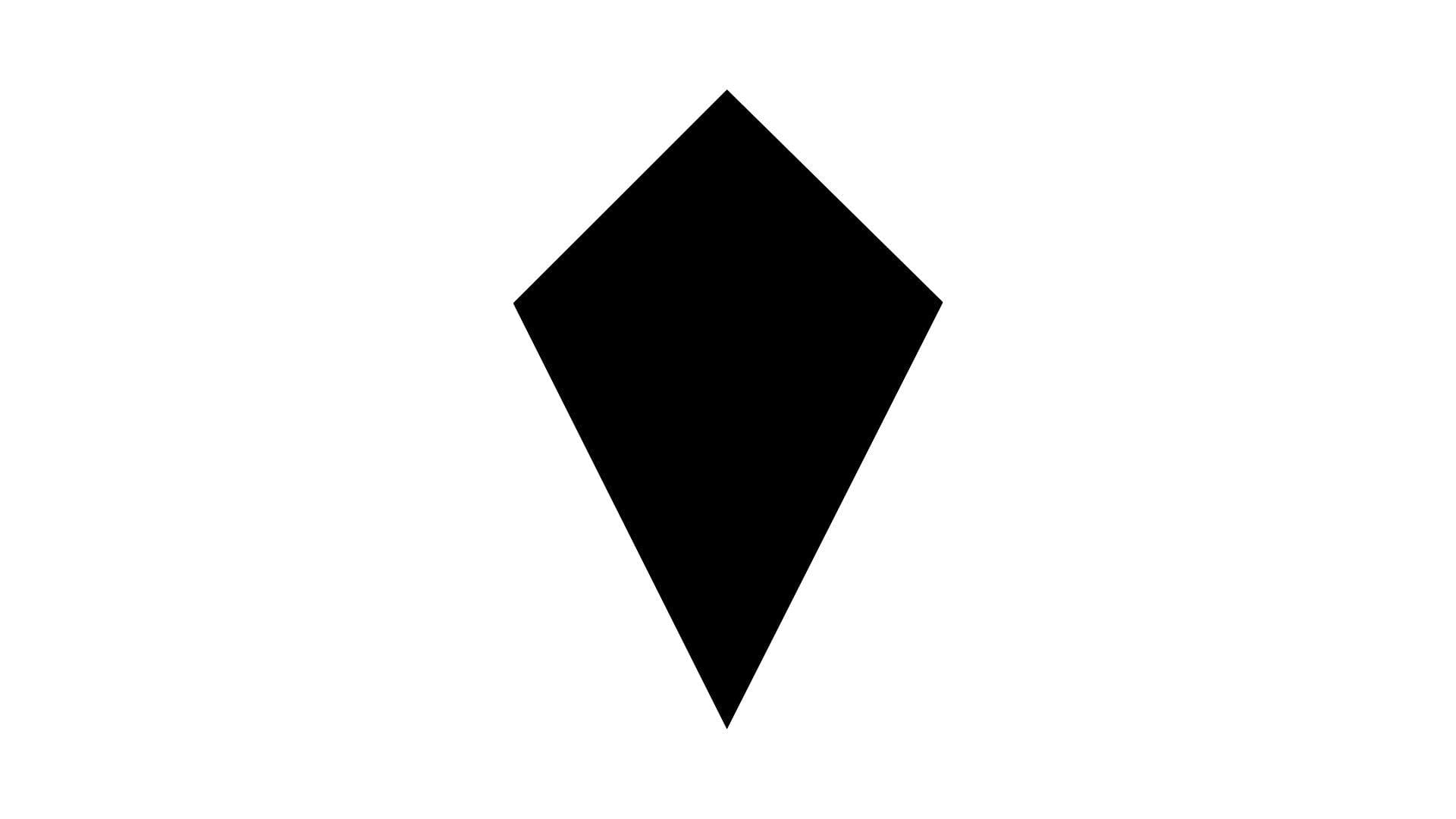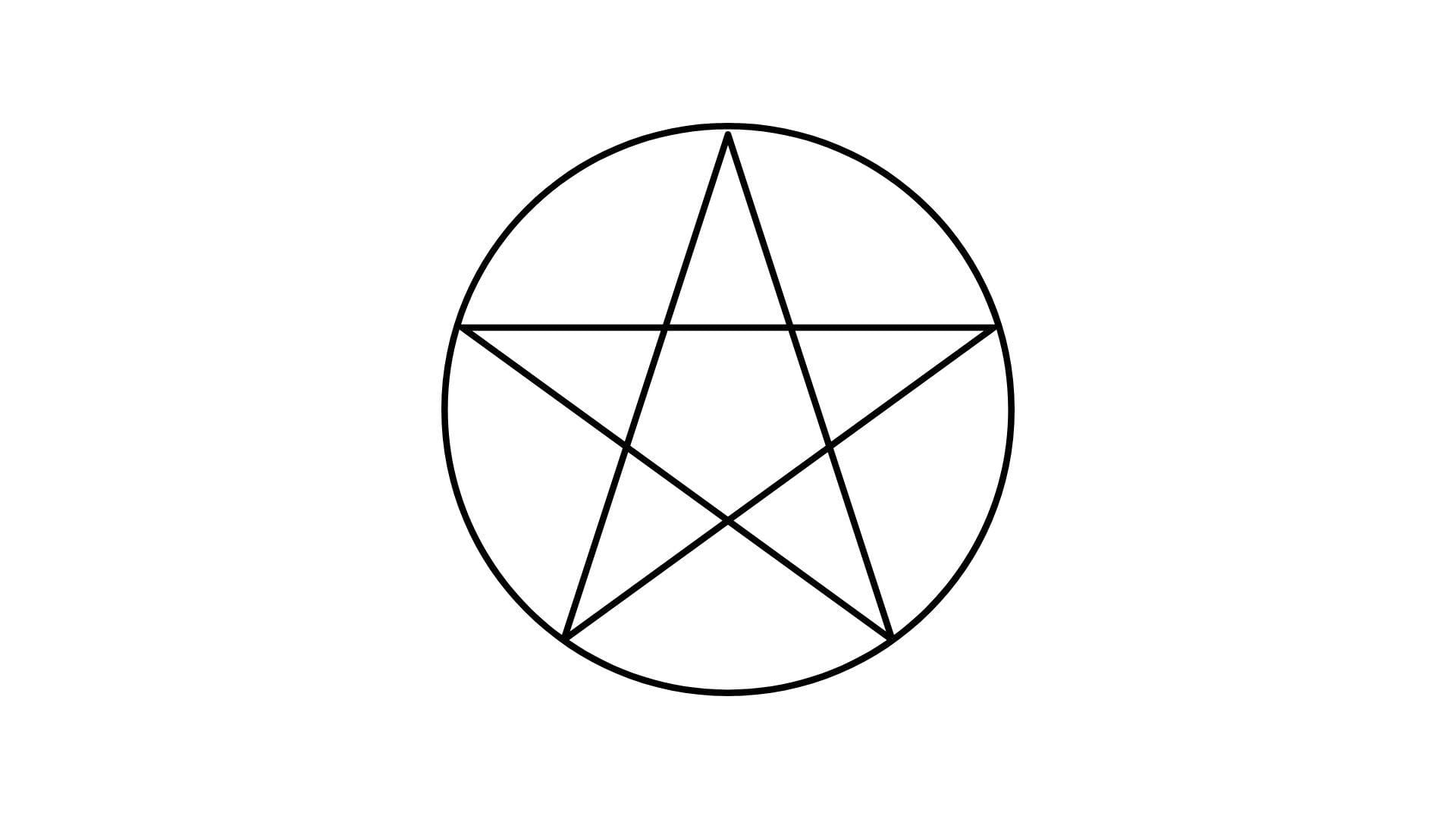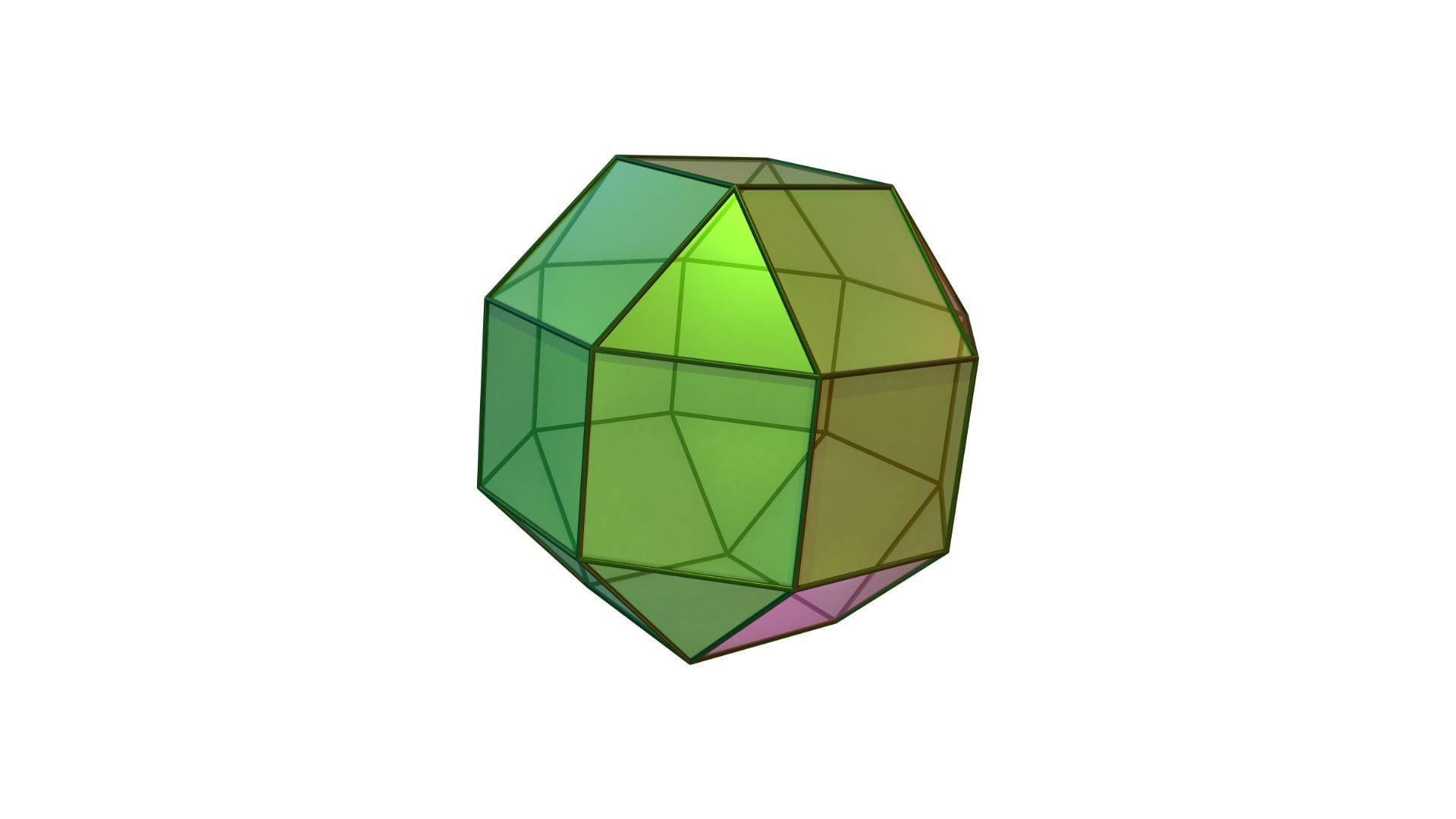Shapes are all around us, forming the building blocks of our world. We see them in everyday objects, nature, and art.
Yet, many struggle to name or identify these basic geometric forms. We understand this challenge and want to help.
This blog promises to guide you through 45+ essential shapes with clear pictures and simple explanations. We’ll explore 2D and 3D shapes, from the familiar circles and squares to more complex forms like dodecahedrons.
By the end of this post, you’ll have a solid grasp of shape names and be able to spot them in your daily life. Let’s begin our shape-filled journey together!
List of 2D Shapes
1. Circle

A curved shape where every point on its edge is the same distance from its center.
Real-life examples: The sun, a pizza, a wheel, or a clock face.
2. Square

A flat shape with four equal sides and four right angles (90 degrees each).
Real-life examples: A chessboard, a slice of bread, or a sticky note.
3. Rectangle

A four-sided shape with two pairs of parallel sides and four right angles.
Real-life examples: A door, a television screen, or a book cover.
4. Triangle

A shape with three straight sides and three angles.
Real-life examples: A slice of pizza, a yield sign, or a musical triangle instrument.
5. Oval

An egg-shaped curve that’s longer than it is wide.
Real-life examples: An egg, certain mirrors, or some stadium tracks.
6. Hexagon

A six-sided shape with equal sides and six angles.
Real-life examples: A honeycomb cell, some nuts and bolts, or a benzene molecule.
7. Pentagon

A five-sided shape with equal sides and five angles.
Real-Life Examples: The U.S. Pentagon building, some home plate designs in baseball, or certain flower petals.
8. Octagon

An eight-sided shape with equal sides and eight angles.
Real-life examples: A stop sign, some umbrellas when open, or certain gemstone cuts.
9. Rhombus

A four-sided shape with all sides equal in length, opposite sides parallel, and opposite angles equal.
Real-life examples: Some kites, certain floor tiles, or a baseball diamond.
Trapezoid
A four-sided shape with at least one pair of parallel sides.
Real-life examples: Lampshades, certain table tops, and some roof designs.
10. Parallelogram

A four-sided shape with opposite sides parallel and equal in length.
Real-life examples: Chocolate bar shapes, certain road signs, or some kitchen countertops.
11. Kite

A four-sided shape with two pairs of adjacent sides equal in length.
Real-life examples: A traditional kite, some gemstone cuts, or certain leaf shapes.
12. Star

A shape with multiple points radiating from a center.
Real-life examples: A starfish, decorative ornaments, or certain flower shapes.
13. Arrow

A shape consisting of a line with a triangular point at one end.
Real-life examples: Road signs, computer cursors, or archery arrows.
14. Crescent

A shape resembling a phase of the moon with a curved edge.
Real-life examples: A crescent moon, some pastries, or certain architectural designs.
15. Cross

A shape formed by two intersecting lines or bars.
Real-life examples: Some religious symbols, a plus sign, or certain road intersections.
16. Heart

A shape with a rounded top, curved sides, and a point at the bottom.
Real-life examples: Valentine’s Day decorations, certain playing card suits, or some leaf shapes.
17. Heptagon

A seven-sided shape with equal sides and seven angles.
Real-life examples: Some coins, certain architectural designs, or some company logos.
18. Nonagon

A nine-sided shape with equal sides and nine angles.
Real-life examples: Some floor tiles, certain architectural elements, or some traffic signs.
19. Decagon

A ten-sided shape with equal sides and ten angles.
Real-life examples: Some coins, certain clock faces, or some architectural designs.
20. Scalene Triangle

A triangle with no equal sides and no equal angles.
Real-life examples: Some roof designs, certain architectural elements, or some mountain silhouettes.
21. Isosceles Triangle

A triangle with two equal sides and two equal angles.
Real-life examples: Some warning signs, certain musical instruments, or some bridge supports.
22. Equilateral Triangle

A triangle with all sides equal and all angles equal (60 degrees each).
Real-life examples: Some traffic signs, certain puzzle pieces, or some corporate logos.
23. Right Triangle

A triangle with one 90-degree angle.
Real-life examples: A carpenter’s square, some roof designs, or certain staircase profiles.
24. Obtuse Triangle

A triangle with one angle greater than 90 degrees.
Real-life examples: Some modern furniture designs, certain architectural features, or some abstract art pieces.
25. Acute Triangle

A triangle with all angles less than 90 degrees.
Real-life examples: Some arrowheads, certain roof designs, or some jewelry pieces.
26. Pentagram

A five-pointed star polygon.
Real-life examples: Some national flags, certain award designs, or some decorative patterns.
27. Hexagram

A six-pointed star polygon formed by two overlapping equilateral triangles.
Real-life examples: Some religious symbols, certain snowflake shapes, or some decorative designs.
28. Octagram

An eight-pointed star polygon.
Real-life examples: Some compass roses, certain tile patterns, or some cultural symbols.
29. Ellipse

An oval-like shape that can be thought of as a stretched circle.
Real-life examples: Planetary orbits, some stadiums viewed from above, or certain machine parts.
30. Parabola

A U-shaped curve is where any point is equidistant from a fixed point and a fixed-line.
Real-life examples: The path of a ball thrown in the air, some satellite dishes, or certain bridge arches.
31. Hyperbola

A curve with two separate parts, each of which is shaped like an infinite U.
Real-life examples: Some cooling tower shapes, certain telescope designs, or the path of comets around the sun.
List of 3D Shapes
1. Cube

A solid shape with six square faces, all equal in size.
Real-life examples: A die, a sugar cube, or a Rubik’s cube.
2. Sphere

A perfectly round three-dimensional object.
Real-life examples: A ball, a globe, or a bubble.
3. Cylinder

A solid shape with two circular bases connected by a curved surface.
Real-life examples: A can of soup, a roll of paper towels, or a drinking glass.
4. Cone

A three-dimensional shape with a circular base connected to a single point by a curved surface.
Real-life examples: An ice cream cone, a traffic cone, or a party hat.
5. Pyramid

A solid shape with a polygon base and triangular faces that meet at a single point.
Real-life examples: The ancient Egyptian pyramids, some tent designs, or certain roof structures.
6. Rectangular Prism

A solid shape with six rectangular faces.
Real-life examples: A box, a brick, or a book.
7. Tetrahedron

A solid shape with four triangular faces.
Real-life examples: A triangular pyramid, some dice, or certain molecular structures.
8. Octahedron

A solid shape with eight triangular faces.
Real-life examples: Some crystals, certain dice, or some architectural designs.
9. Dodecahedron

A solid shape with twelve pentagonal faces.
Real-life examples: Some dice, certain soccer ball designs, or some molecular structures.
10. Icosahedron

A solid shape with twenty triangular faces.
Real-life examples: Some dice, certain virus structures, or some geodesic domes.
11. Hexagonal Pyramid

A solid shape with a hexagonal base and six triangular faces meeting at a point.
Real-life examples: Some crystal formations, certain architectural designs, or some specialty dice.
12. Square Pyramid

A solid shape with a square base and four triangular faces meeting at a point.
Real-life examples: The Great Pyramid of Giza, some roof designs, or certain paperweights.
13. Triangular Prism

A solid shape with two triangular bases and three rectangular faces.
Real-life examples: A Toblerone chocolate bar, some roof trusses, or certain tent designs.
14. Pentagonal Prism

A solid shape with two pentagonal bases and five rectangular faces.
Real-life examples: Some pencils, certain architectural columns, or some packaging designs.
15. Rhombicuboctahedron

A solid shape with 26 faces, including 18 squares and 8 triangles.
Real-life examples: Some gemstone cuts, certain architectural elements, or some modern art sculptures.
16. Ellipsoid

A three-dimensional shape resembling a stretched or compressed sphere.
Real-life examples: Some sports balls (like rugby balls), certain pills, or some planetary shapes.
17. Torus

A three-dimensional shape resembling a donut.
Real-life examples: A ring, a life preserver, or some architectural designs.
18. Frustum

The portion of a solid (often a cone or pyramid) that lies between two parallel planes cutting the solid.
Real-life examples: A lampshade, some buckets, or certain architectural elements.
19. Parallelepiped

A three-dimensional figure formed by six parallelograms.
Real-life examples: Some tissue boxes, certain crystal structures, or some modern furniture designs.
20. Triangular Pyramid

A solid shape with a triangular base and three triangular faces meeting at a point.
Real-life examples: Some roof designs, certain food packaging, or some decorative objects.
21. Hemisphere

Half of a sphere is created by cutting it along a plane that passes through its center.
Real-life examples: A dome, half of a sports ball, or some serving bowls.
A portion of a sphere is cut off by a plane.
Real-life examples: Some lens designs, certain architectural domes, or some bowl shapes.
23. Oblate Spheroid

A sphere that has been flattened at the poles, resembling a slightly squashed ball.
Real-life examples: The shape of Earth, some planetary bodies, or certain sports balls when compressed.
24. Prolate Spheroid

A sphere that has been elongated at the poles resembles a slightly stretched ball.
Real-life examples: An American football, some watermelons, or certain antenna designs.
Practical Applications of Shapes
In Education: Shapes serve as fundamental tools for teaching geometry. Educators use tangible objects to help students understand basic geometric concepts. For instance, students might use shape blocks to learn about angles, sides, and geometric properties.
In Design and Architecture: Designers and architects use shapes to create functional and visually appealing structures. Circles might stabilize load-bearing structures, while triangles are often used for strength in bridge designs.
In Daily Life, Shapes are everywhere. Traffic signs use specific shapes for quick recognition, and household items like plates (circles) and books (rectangles) demonstrate practical shape applications.
Conclusion
As we wrap up our journey through the world of shapes, we hope you’ve gained a new appreciation for these geometric wonders. From the simple circle to the complex rhombicuboctahedron, shapes are the building blocks of our visual world.
They’re mathematical concepts and practical tools used in education, design, and everyday life. Understanding shapes can sharpen your problem-solving skills and enhance your appreciation of art and architecture.
The next time you look around, try to spot these shapes in your environment. You might be surprised at how often you encounter them!
Whether you’re a student, a professional, or simply curious about the world around you, this knowledge of shapes will serve you well. Keep exploring, and let the world of geometry continue to amaze you.





